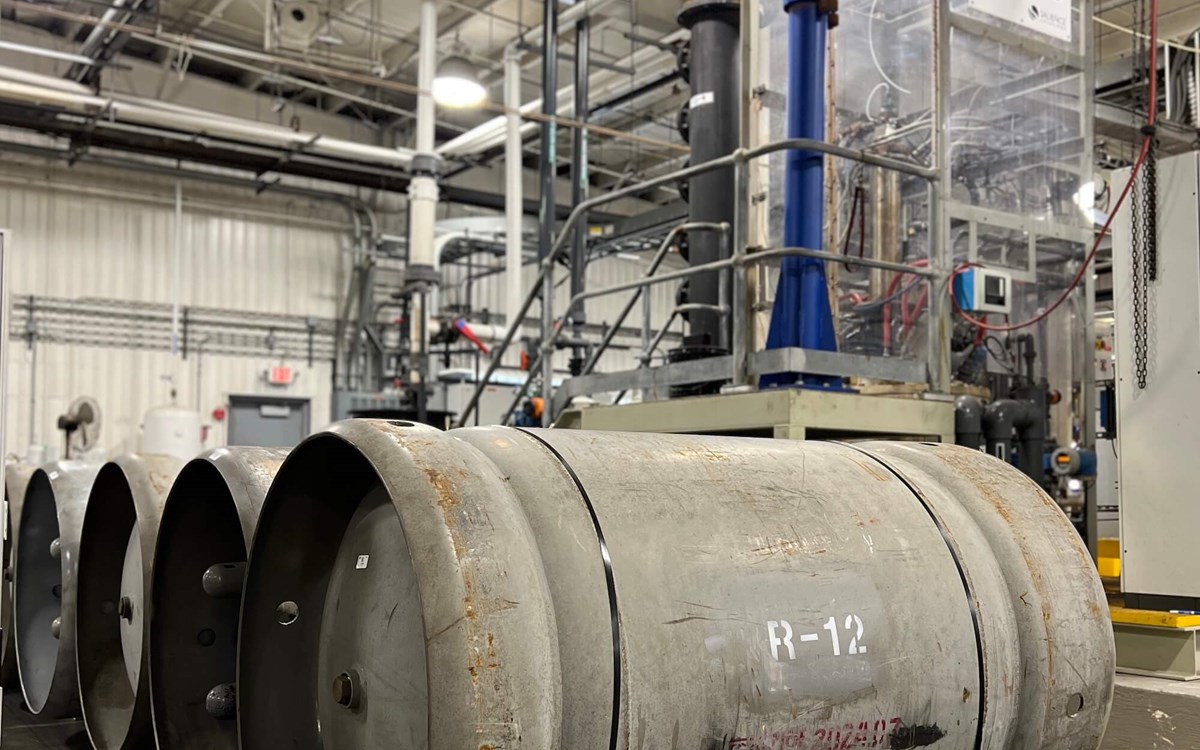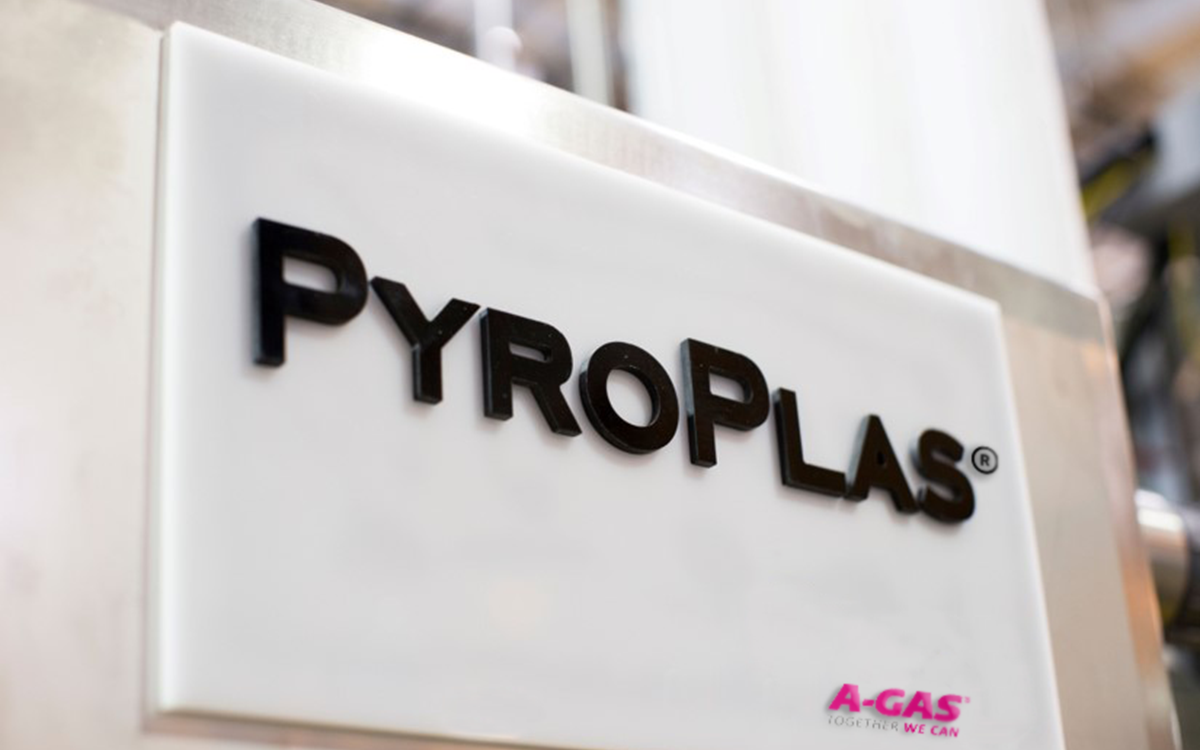What Are Carbon Credits?
Whatever you need to know about carbon credits, we can help. Take a look at our frequently asked questions below. If you can’t find the information you are looking for, contact the A-Gas team.

A carbon credit is used by a company or individual, as part of a wider carbon reduction plan, to compensate for the carbon dioxide they emit into the atmosphere.
A carbon credit represents an emission reduction of one metric ton of CO₂ or an equivalent amount of other greenhouse gas. This credit can compensate for—or offset—an equivalent emission made elsewhere as a result of industrial or human activity.
“Carbon credit” and “carbon offset” are often used interchangeably. Each represents an emissions reduction of one metric ton of CO₂ or an equivalent amount of other greenhouse gas. However, there are some technical differences between the two. Generally, carbon credits are created by reducing CO₂ or an equivalent amount of other greenhouse gas. Organizations or individuals then use carbon credits to offset their carbon footprint. Both have a positive impact on the climate so long as they have been verified and utilize a recognized methodology to ensure the credit/offset seller can back up their claims.
Because carbon credits represent an emission reduction, their generation should result in one less metric ton of CO₂ or equivalent greenhouse gas in the atmosphere. In some cases, the purchase of carbon credits makes it possible for organizations or individuals to fund impactful carbon projects.
We would be remiss if we didn’t mention that carbon credits have received scrutiny for their effectiveness. While we can’t speak towards other carbon credits, we can say that because A-Gas knows the exact amount and the associated Global Warming Potential (GWP) of each gas we recover and reclaim or destroy, we can precisely state the climate impact of our carbon projects. Furthermore, due to our project structuring, A-Gas carbon credits are verified through recognized and reputable registries, utilizing internationally recognized methodologies.
Voluntary carbon credits are a recognized mechanism that allows individuals and companies to invest in greenhouse gas emission reduction projects that contribute to reducing the amount of CO₂ in the atmosphere. Purchasers of voluntary credits are voluntarily taking action to reduce their carbon footprint.
A-Gas generates voluntary carbon credits through our recovery and reclamation activities. When we recover, reclaim, and repurpose used gases, we eliminate the need to produce more virgin gases. Displacing the need for further virgin production, in turn, reduces emissions associated with new product manufacturing.
A-Gas knows the exact amount and the associated Global Warming Potential (GWP) of each recovered and reclaimed gas, so we can precisely state the climate impact of our projects. Therefore, our voluntary carbon credits are eligible for the International Civil Aviation Organization (ICAO) Carbon Offsetting and Reduction Scheme for International Aviation (CORSIA) program.
Compliance carbon offsets are created for use in regulatory programs such as the California Cap and Trade system.
A-Gas compliance offsets are generated from the safe destruction of Ozone Depleting Substances. Our methodology development and project verification are carried out under one of the following internationally recognized registries:
- Verified Carbon Standard (VERRA)
- Climate Action Reserve (CAR)
- ACR (formerly American Carbon Registry)
These registries have been approved by the California Cap and Trade program and the International Civil Aviation Organization (ICAO) to provide offset credits in its Carbon Offsetting and Reduction Scheme for International Aviation (CORSIA).
If you are in the market to purchase carbon credits, it is important to do your due diligence to ensure the credits have been approved by any required programs, utilize an internationally recognized registry, and have been verified by a reputable third party.
Because A-Gas’ carbon projects employ the reclamation or destruction of refrigerants, we can calculate the exact Global Warming Potential (GWP) of each product and then precisely state the impact of our projects on the environment. This level of precision is extremely important for many of our customers.
We employ our PyroPlas® plasma arc destruction units to destroy ODS. A-Gas PyroPlas® is the only plasma arc destruction technology in the United States that is approved for the generation of carbon credits. It is the cleanest, most environmentally responsible, end-of-life option for refrigerants because our equipment can destroy these harmful ODS gases to an efficiency of 99.9999% with de minimis emissions, and no adverse environmental impacts. Learn more about our destruction services and capabilities.
Yes! We are proud to say that our carbon projects are aligned with several UN Sustainable Development Goals (SDG) because A-Gas prevents harmful emissions and reduces the need for additional virgin gas production. While we primarily support the Climate Action (13) SDG, we also support other goals including Industry, Innovation, and Infrastructure (9); Sustainable Cities and Communities (11); Responsible Consumption and Production (12); Life Below Water (14); and Life on Land (15).
A-Gas sells our carbon credits in a few ways: directly to our corporate customers, to partners like Wren who enable individuals to fund carbon projects, through third-party direct-to-consumer platforms, and carbon credit brokers.
Unless specifically documented, A-Gas retains the rights, ownership, and title to any and all environmental benefits and attributes for the reclaimed gas that is purchased or sold by A-Gas and any gas that is acquired and caused to be destroyed by A-Gas.



